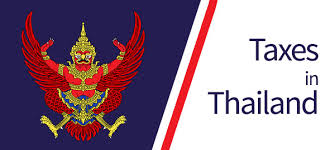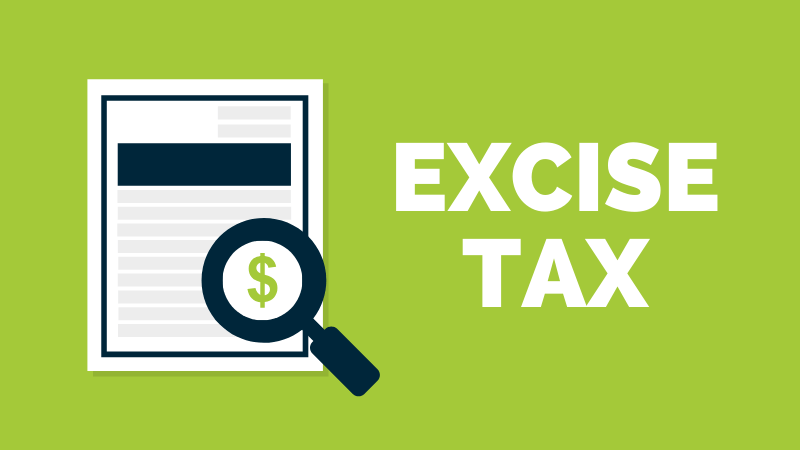Customs Duties (Import Duties) in Thailand
About TMA Group
TMA Group is a professional company focusing on local recruitment and corporate consulting in Thailand, dedicated to providing one-stop services including recruitment, financial management, tax disposal, legal consulting, personnel management, etc. for enterprises and individuals. If you need more advice on investment in Thailand, please feel free to contact us.
Customs Duties (Import Duties) in Thailand
Customs duties, also known as import duties, are taxes levied on goods entering Thailand. These duties are regulated and collected by the Thai Customs Department and are applied to ensure fair competition, protect domestic industries, and generate government revenue.
1. Key Features of Customs Duties in Thailand
Purpose: To regulate the importation of goods, protect domestic industries, and generate revenue for the government.
Scope: Duties apply to goods entering Thailand, whether by air, sea, land, or postal delivery.
Legal Framework: Governed by the Customs Act B.E. 2560 (2017), the Customs Tariff Act B.E. 2560, and other related regulations.
2. Types of Customs Duties
a. Ad Valorem Duty
This is the most common type of customs duty, calculated as a percentage of the Customs Value (i.e., the value of the goods, including cost, freight, and insurance (CIF)).
Rate: The ad valorem duty rate varies depending on the type of goods and can range from 0% to 80%.
b. Specific Duty
A specific duty is a fixed fee per unit of the goods imported (e.g., per kilogram, per liter, or per piece), rather than a percentage of the value.
This type of duty is typically applied to certain items like beverages or tobacco products.
c. Compound Duty
This duty combines both Ad Valorem and Specific Duty rates. The duty is calculated by applying both methods to the imported goods.
3. Determining Customs Value
Customs duties in Thailand are generally calculated based on the Customs Value, which is determined by the following:
Transaction Value: The price paid or payable for the goods at the time of importation (CIF: Cost, Insurance, and Freight).
Additional Costs: If applicable, additional costs such as:
Freight (transportation costs).
Insurance.
Handling fees.
Deductions: Some deductions may apply, such as discounts, commissions, or other allowances.
4. Common Customs Duty Rates in Thailand
The customs duty rates in Thailand are listed in the Customs Tariff Schedule, which categorizes goods by Harmonized System (HS) codes. Some common examples include:
| Goods | Duty Rate |
|---|---|
| Raw materials (e.g., metals, chemicals) | 0% to 5% |
| Machinery and equipment | 0% to 10% |
| Automobiles | 30% to 80% |
| Electronics (e.g., mobile phones) | 0% to 20% |
| Food and beverages | 5% to 30% |
| Cigarettes and tobacco | 40% to 60% |
| Alcoholic beverages | 20% to 60% |
5. Exemptions and Reductions
Certain imports may be exempt from customs duties or eligible for reduced rates, including:
Free Trade Agreements (FTAs):
Thailand has FTAs with countries or regions such as ASEAN, China, Australia, and Japan, which may reduce or eliminate customs duties on qualifying goods.
Special Economic Zones:
Imports into certain zones, like Free Trade Zones or Board of Investment (BOI)-promoted areas, may benefit from duty exemptions or reductions.
Temporary Importation:
Goods imported temporarily (e.g., machinery for construction projects) may be eligible for duty exemptions if re-exported within a specified period.
Personal Exemptions:
Personal items brought into Thailand may be exempt from duties if they fall within certain limits (e.g., personal effects, certain gifts).
6. Filing and Payment
Customs Declaration:
Importers must submit a Customs Declaration (Form 31) and relevant documents (e.g., invoice, bill of lading) to the Customs Department at the port of entry.
Payment of Duties:
After the goods are cleared by Customs, the importer must pay the applicable customs duties. Payment can be made through banks or online platforms authorized by the Customs Department.
Customs Valuation:
If there are disputes over the declared value or classification of goods, Customs may request further documentation or conduct an audit.
7. Penalties for Non-Compliance
Failure to comply with customs regulations in Thailand can result in penalties, including:
Fines: For misdeclaration, undervaluation, or incorrect tariff classification. Fines can be up to 4 times the amount of the duty payable.
Seizure of Goods: Goods may be confiscated if found to be in violation of customs laws.
Legal Action: In cases of smuggling or serious non-compliance, criminal charges may be filed.
8. Customs Procedures in Thailand
Import Declaration: Submit the import declaration at the port of entry.
Document Review: Customs will review the documentation and assess the applicable duties.
Customs Inspection: Customs officers may inspect the goods to ensure compliance with import regulations.
Payment: After approval, the duties are paid, and the goods are released.
Final Clearance: Upon payment and clearance, the goods can be transported to the final destination.
9. Practical Considerations
HS Code: Correctly classifying your products using the Harmonized System (HS) code is crucial to determine the correct duty rate.
Tariff Updates: Customs duty rates can change over time, so importers must stay updated on any changes to the tariff schedule.
Consultation: For large or complex shipments, it may be beneficial to consult with a customs broker or professional to ensure compliance and optimize duty costs.
If you need more information about specific customs duties, clearance procedures, or how to calculate the import tax for your business, feel free to ask!
TMA Consulting Management has been paying attention to the updating of information through newsletters for many years, but we do not assume any responsibility for the completeness, correctness or quality of the information provided. No information contained in this article can replace the personal consultation provided by a qualified lawyer. Therefore, we do not assume any liability for damages caused by the use or non-use of any information in this article (including any kind of incomplete or incorrect information that may exist), unless it is caused intentionally or by gross negligence.













